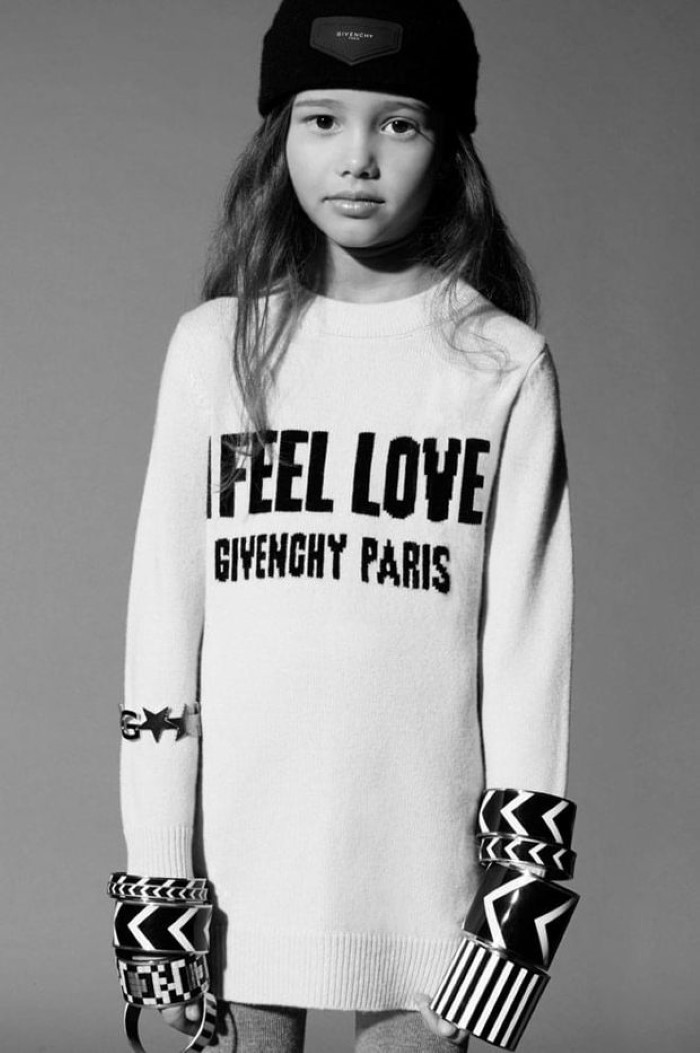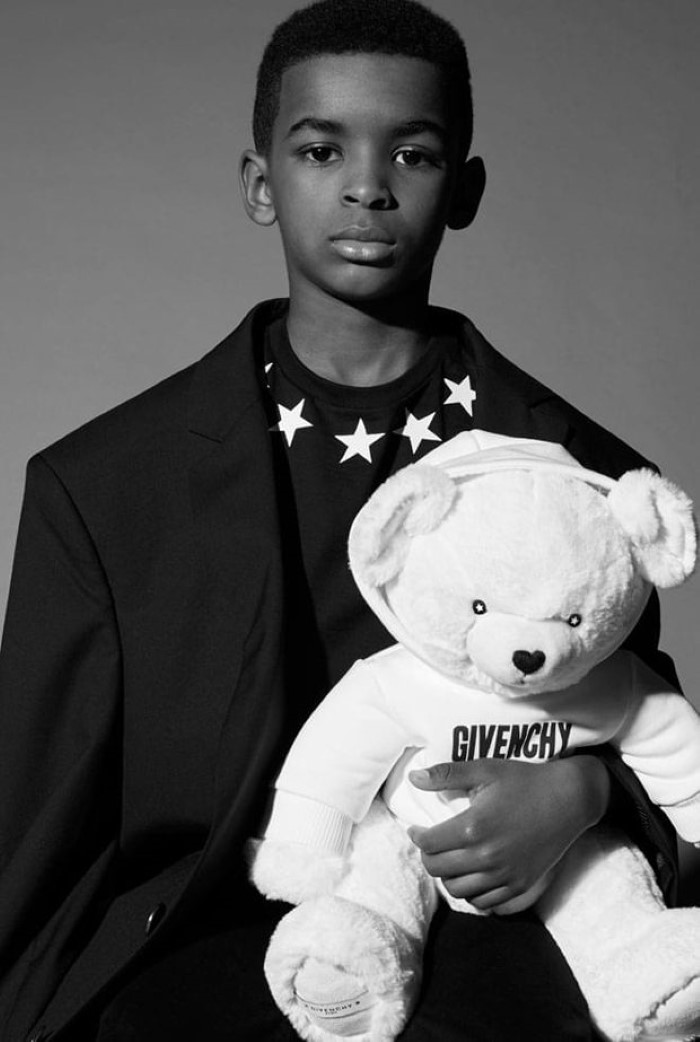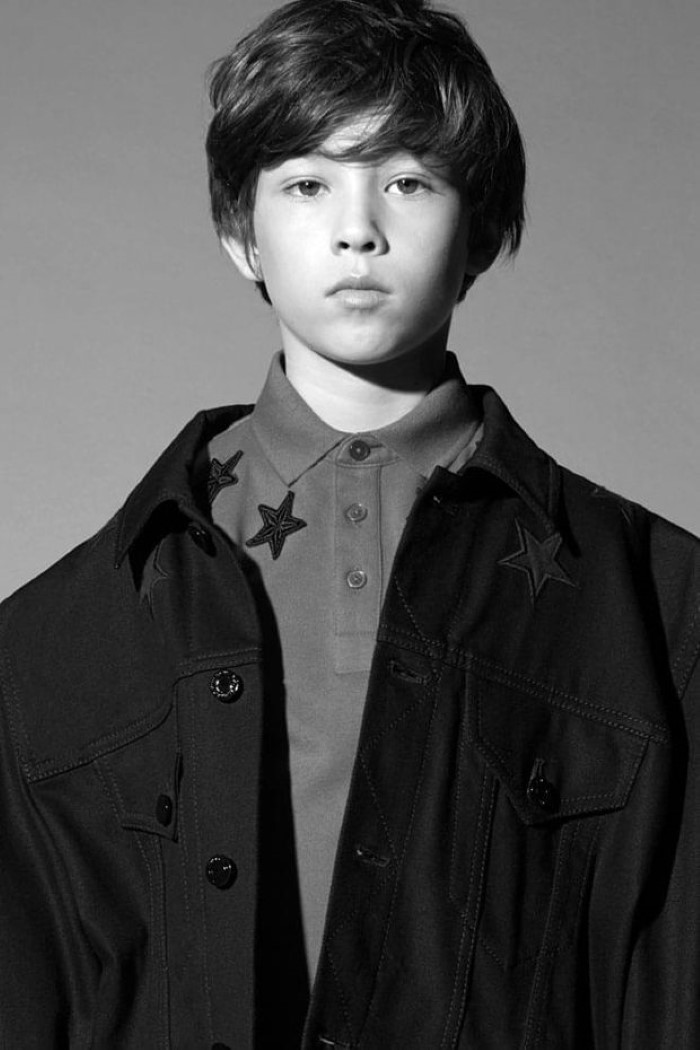Marie Claire interviews New York Times reporter Emily Steel, who insists "I'm not the story" when talking about Bill O'Reilly's epic fall at Fox News. Perhaps not, but the investigative research approach that she took, together with her Times colleague Michael S. Schmidt, was absolutely awesome, inventive, meticulous and truly original.
Three weeks ago, Steel and Schmidt dropped their explosive Times article, documenting settlements with at least five accusers over the last 15 years, to the hefty sum of $13 million. Within two days of their report, over 50 advertisers had fled O'Reilly's show. And now he's gone from his perch as the biggest anchor on cable TV.
We learn that Emily Steel has been a thorn in O'Reilly's big toe for years. She reported on his false claims about covering the Falklands War in the 1980s, when he was actually in Buenos Aires more than 1,000 miles away. "I am coming after you with everything I have," O'Reilly said in an on-the-record phone call to Steel. "You can take it as a threat."
She may wear pearls and a pussycat bow blouse, but Steel doesn't scare easily. With the strong backing of their editor, the two reporters continued to mine Fox News for sexual harassment stories.
In her more defeated moments, Steel found inspiration—in an instance of life imitating art imitating life—in the movie Spotlight. "I would listen to what Rachel McAdams would say. She would say things like, 'The words are really important.' And when we're telling these stories, the details are really specific," she says. She tried mimicking McAdams' character, Sacha Pfeiffer of the Boston Globe. "I'd say to sources, 'I know it's hard and I know it's scary, but we need to know. We need to know.'"
Steel put in the time to get those sources to trust her. "I think my editors thought I was crazy because I would spend two or three hours on the phone at a time, just to make people feel comfortable and get them to talk. But that's what it took," she says. "When you're talking about something that's so sensitive like sexual harassment, you can't just call somebody up and say, 'What happened to you?' You need to make them feel comfortable."
Steel's biggest get was Wendy Walsh, and Marie Claire writer Kaitlin Menza shares a good story. The article doesn't share the background on Steel and Schmidt watching endless hours of Fox News footage, documenting women on air and then suddenly gone. This included not only the obvious Fox anchors but female experts who regularly appeared on O'Reilly shows and then 'poof', no more.
A cardboard cut-out of Donald Trump leans against a window in the New York Times building, not that any of the reporters and editors could forget about him. But Steel finds the present a "really invigorating" time to work in journalism.
"It's given people a sense of purpose of why we're doing the work that we do," she says.
Related:












